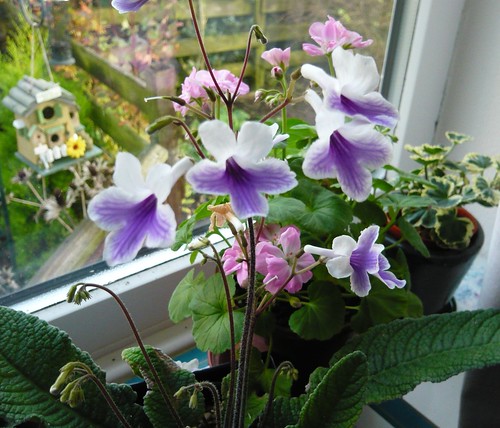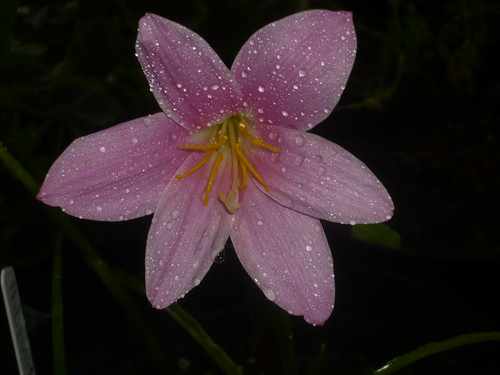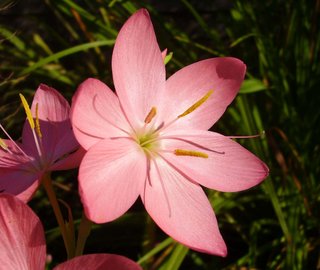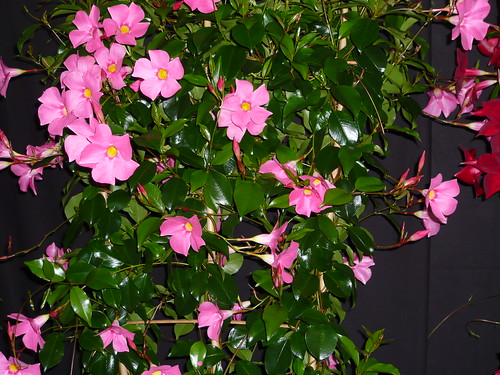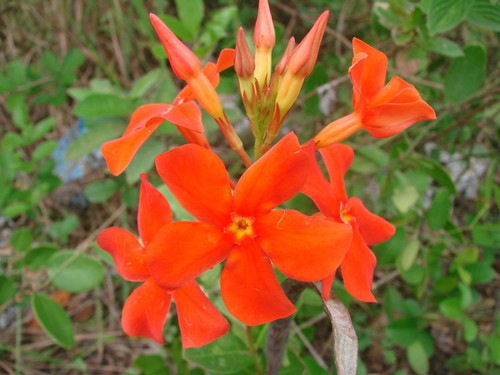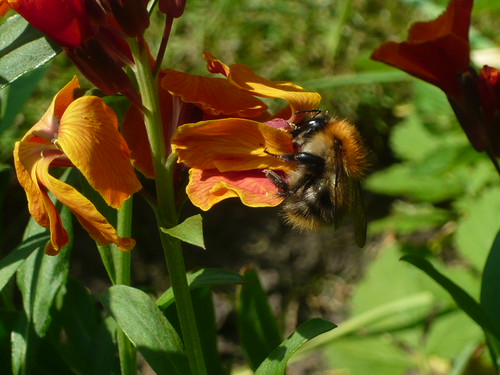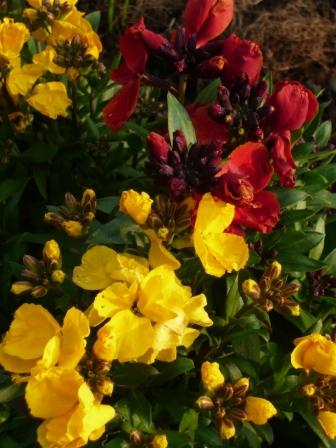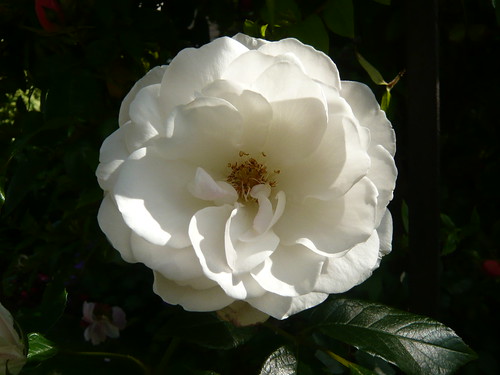
Just a drop of aromatherapy oil can have a stimulating or calming influence just as the scent in a good garden can. It is no surprise then that many scents come from plants. Unfortunately for most gardeners the plants , trees and shrubs are native to hot and or damp climates and need special conditions to thrive.
Bergamot is one of the most popular oils coming from the Orange citrus family. Bergamot provides the flavouring in Earl Grey tea. Citrus aurantium ssp. bergamia The bergamot orange is unrelated to the herb of the same name, Monarda didyma.
Ancient oils provided medical remedies, Black Pepper for catarrh, Cedarwood for dandruff, Eucalyptus as an antiseptic. A couple of drops of Rosemary on clothing is said to get rid of sluggishness. Both Myrrh and Frankincense grow as small trees or shrubs; they are of the botanical family Burseraceae. Their natural growing range is limited, but this has been extended by cultivation in Arabia.
Oils for perfume include Patchouli extracted from the leaves of a variety of mint and Otto of Roses made from a Bulgarian rose damascena but needing 60,000 roses to produce one ounce of oil. Ylang Ylang oils name means the Flower of Flowers. Ylang-ylang blends well with most floral, fruit and wood smells.
Tea Tree oil has no link to the Tea plants of the Camellia oleifera. It is extracted from Melaleuca bark and used as an antiseptic.
Herbs that we grow can produce oils but large quantities and distillation equipment is probably required for Basil, Lavender, Peppermint, and Rosemary. Whilst it may be practical to grow many plants in the UK most on the list below need sun and a warm temperature. For small quantities a greenhouse or hot house may be the answer.
Plant Based Essential Oils
– Anise Star Essential Oil
– Basil, sweet Essential Oil
– Bay, Essential Oil   – practical to grow in the UK
– Bergamot FCF Essential Oil
– White Birch Essential Oil
– Black Pepper Essential Oil
– Cardamon Essential Oil
– Carrot Seed Essential Oil
– Cedarwood Atlas Essential Oil
– Chamomile, German/Blue Essential Oil – practical to grow in the UK
– Clary Sage Essential Oil – practical to grow in the UK
– Clove Bud Essential Oil
– Coriander Essential Oil
– Cypress Essential Oil
– Dill Essential Oil – practical to grow in the UK
– Eucalyptus Globulus Essential Oil
– Fennel, sweet Essential Oil – practical to grow in the UK
– Geranium, Egyptian Essential Oil
…
Read More Read More

